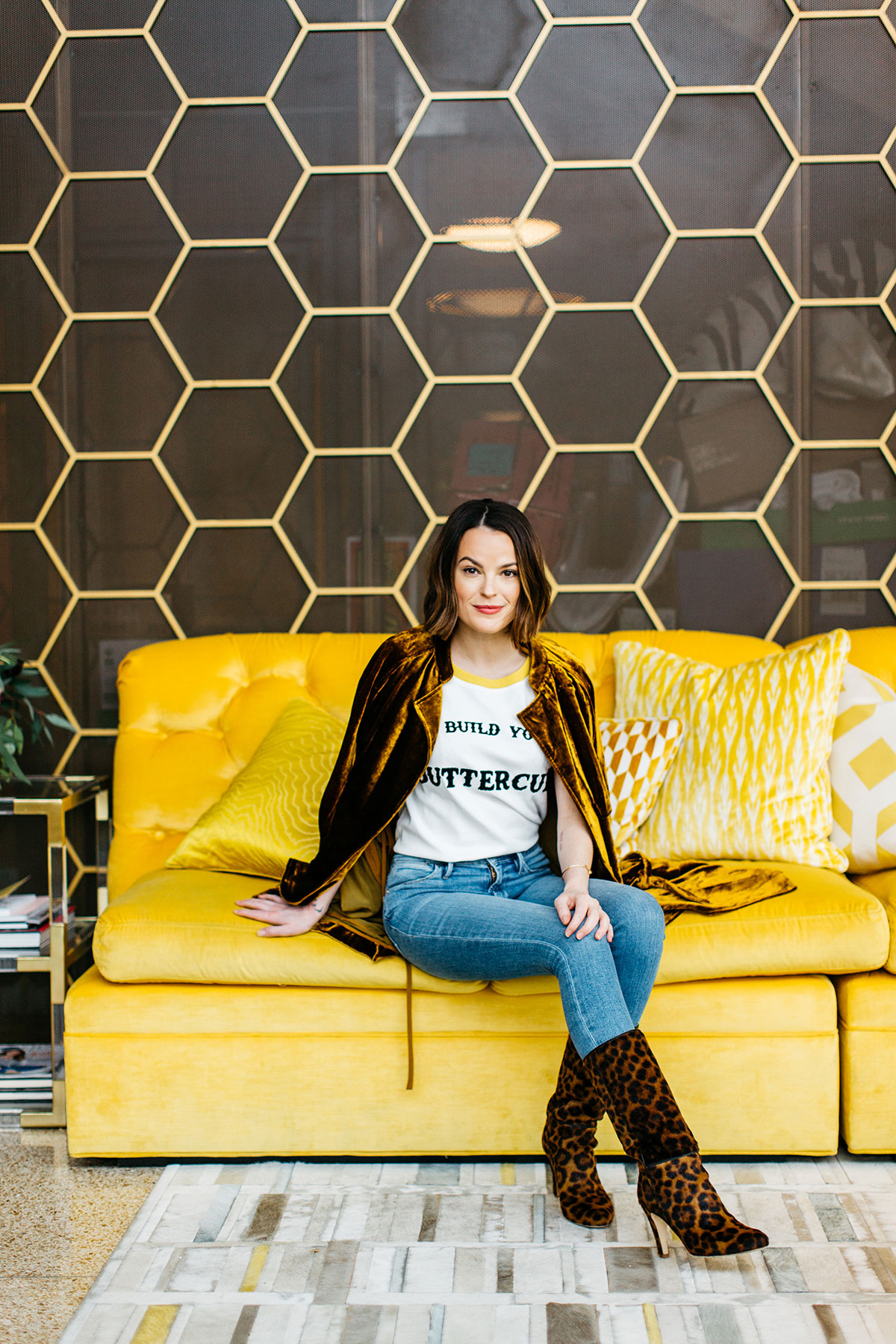Alex Williamson, co-founder of the woman’s empowerment dating site Bumble, explains how women should be flexing their muscles beyond the dating world.
How has Bumble evolved as the business has grown so quickly?
The four team members who launched Bumble are an extremely passionate, fun-loving group. And we’ve found magic in new offices in each office that we’ve opened. At our heart, we’re focused on maintaining a culture that reflects our mission and values of kindness, respect, equality and growth.
What advice would you give to women looking to break into the app space?
Find someone who believes in you. Don’t take no for an answer. Ask questions to get the feedback you need to quickly iterate on your idea and find the back doors to success. When we were launching, almost everyone said no to working with us. We made them listen because we were so dedicated to our mission. I never thought I’d be in this industry, but I got a rare opportunity to join a team while we were launching the product, and all of my experience in other fields helped me navigate my role.

How should we encourage young women to pursue careers in tech?
When women see other women in leadership and tech roles, it’s easier for a young woman to see herself in those shoes. We’ve spoken with many women who have excelled in male-dominated fields, and it’s been so clear how mentorship has made an impact on their careers. So let’s create a seat at the table for them and to help mentor them along the way.
Why do you think it’s important to bring more women into technology?
People design solutions for the problems that they face — that’s why Bumble was created! Culturally, women were told to wait for a man to make the first move and we thought this was antiquated. If you only have one gender designing solutions in tech, it will inherently create missed opportunities and gaps in the marketplace. So much of the aggressive behavior seen online came from the fear of rejection and the pressure on men to be the initiator, when we changed that dynamic, online interactions became more respectful. This took a woman’s perspective to come to this conclusion and to solve the problem.

